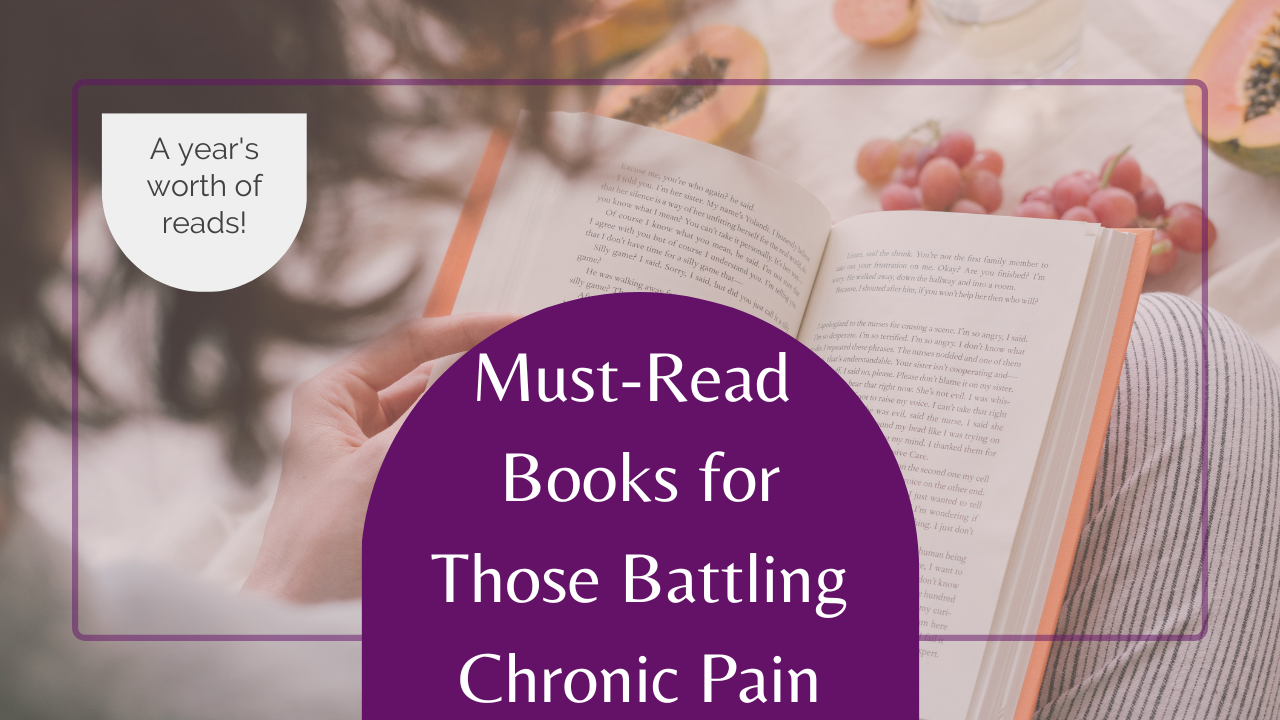A Year's Worth of Must-Read Chronic Pain Books for Those Battling Pain

One of the worst parts of experiencing chronic pain is not feeling understood.
Those who have chronic pain live their lives in a world where not even their doctors seem to know what's really going on. Friends and family may try to relate but ultimately don't have a clue how to help or what to say. And all this leads to a feeling of isolation and like something is really going on.
When doctors and therapists run out of options and explanations, the search for answers falls on the person suffering with chronic pain. They end up needing to take it into their own hands. But it can be so hard to know where to look, what information to trust, and filter out all the background noise.
Well, if this sounds like you, you're in luck. Because I've created a list of must read books for those battling chronic pain and searching for answers.
As a neuroscience nerd and life-long learner, I am here to share with you some of my top-recommended reads.
This list will have you covered for the next year and will cover topics including pain neuroscience, mindfulness, nutrition, pain myths, and stories of others living with similar struggles, trauma, gut health, sleep, and more!
>> Click here to download this Chronic Pain Book List! <<
Get Pain Articles & Neuroscience Nuggets Sent To Your Inbox.
Subscribe to my Blog!







